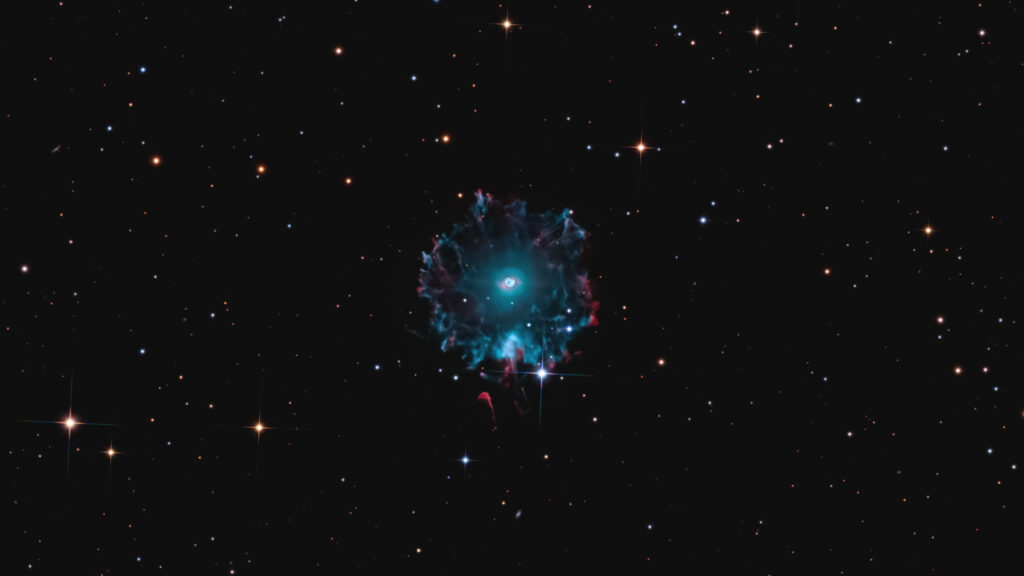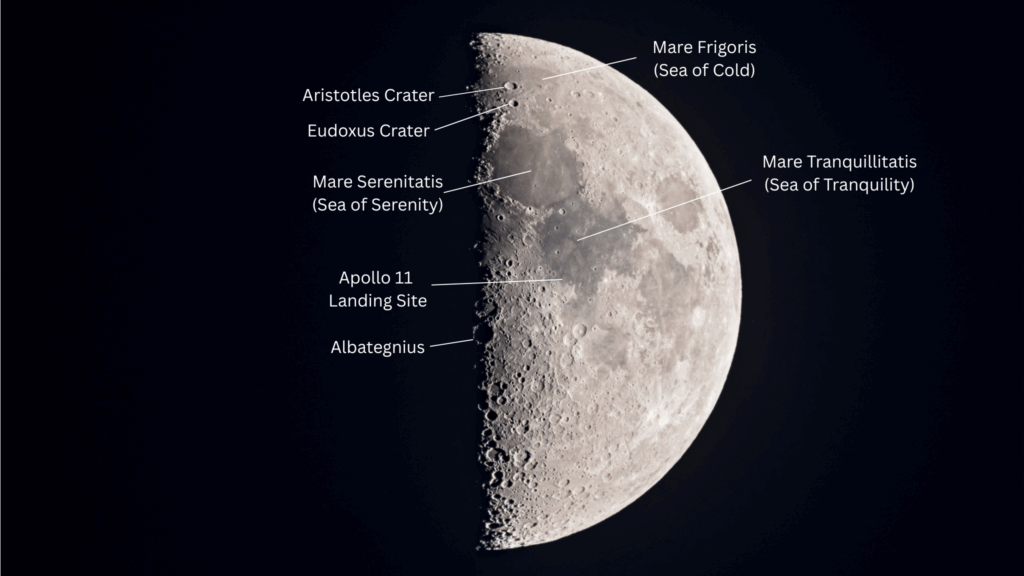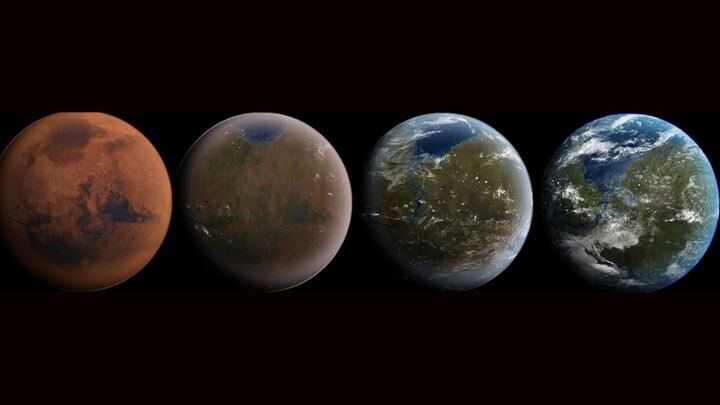This week in 1973, the first crewed Skylab mission launched aboard a Saturn IB from NASA’s Kennedy Space Center. Astronauts Charles Conrad, Paul Weitz and Joseph Kerwin docked with Skylab on the fifth orbit. The crew conducted solar astronomy, Earth resources experiments, medical studies and five experiments, and performed three spacewalks. They doubled the previous length of time in space over the course of their 28-day mission. Here, the Skylab Orbital Workshop is seen as the crew departs and performs the final fly-around inspection. Today, the Payload Operations Integration Center at NASA’s Marshall Space Flight Center serves as “science central” for the International Space Station, working 24/7, 365 days a year in support of the orbiting laboratory’s science experiments. After 20 years of continuous human presence, the space station remains the sole space-based proving ground and stepping stone toward achieving the goals of the Artemis program. The NASA History Program is responsible for generating, disseminating and preserving NASA’s remarkable history and providing a comprehensive understanding of the institutional, cultural, social, political, economic, technological and scientific aspects of NASA’s activities in aeronautics and space. For more pictures like this one and to connect to NASA’s history, visit the Marshall History Program’s webpage. (NASA)
Related posts
-

Amateur astronomer captures ghostly outer shell of the Cat’s Eye Nebula (photo)
The Cat’s Eye Nebula, photographed by Emil Andronic. (Image credit: Emil Andronic.) Amateur astrophotographer Emil Andronic... -

Don’t miss the half-lit first quarter moon rise tonight: Here’s what to look for
The half-lit disk of the first quarter moon will grace the night sky on Monday (June... -

Turning the Red Planet green? It’s time to take terraforming Mars seriously, scientists say
The concept of terraforming Mars — transforming the planet’s climate to support life as we know...